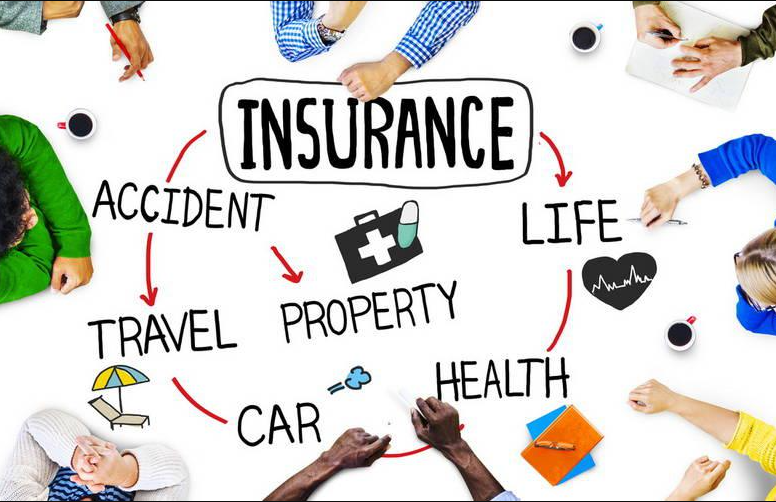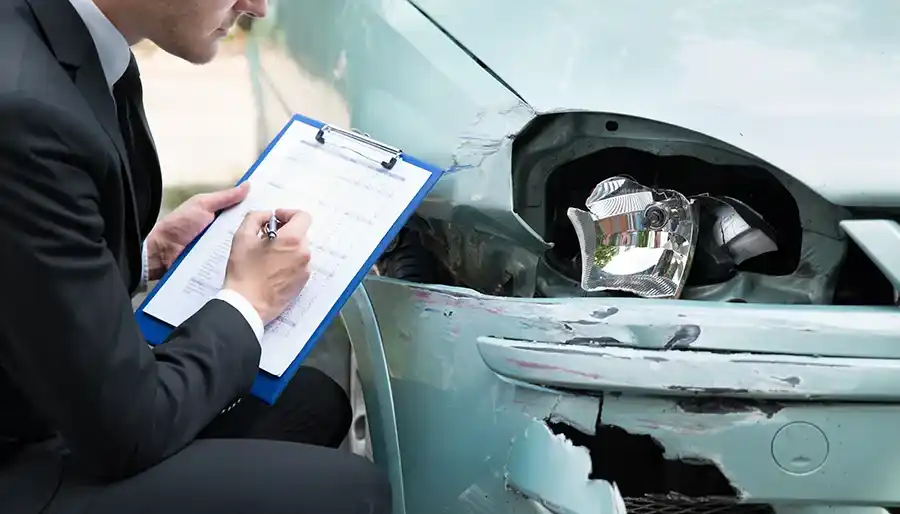Choosing the right car insurance policy is essential for protecting your vehicle, finances, and peace of mind. With countless insurance providers offering various plans, it can be overwhelming to determine which one suits your needs the best. Understanding the types of coverage, assessing your driving habits, and comparing different policies are key steps in making an informed decision. In this guide, we will walk you through the process of selecting the best car insurance policy to meet your unique requirements.
1. Understand the Types of Car Insurance Coverage
Before diving into the details of policies, it's crucial to familiarize yourself with the different types of car insurance coverage available. Each type offers varying levels of protection and comes with distinct advantages depending on your needs.
Liability Coverage
This is the most basic form of car insurance and is required by law in most states. Liability insurance covers damages you cause to others in an accident, including injuries and property damage. However, it doesn't cover your own injuries or damages to your car.
Collision Coverage
Collision insurance covers damages to your car caused by a collision, regardless of who is at fault. This can be especially important if your vehicle is involved in an accident with another car or an object like a tree or guardrail.
Comprehensive Coverage
Comprehensive insurance offers broader protection. It covers damages to your car that result from events other than collisions, such as theft, vandalism, natural disasters, or hitting an animal.
Personal Injury Protection (PIP)
PIP insurance covers medical expenses for you and your passengers, regardless of who is at fault in an accident. This type of coverage can be essential if you don’t have health insurance or live in a no-fault state.
Uninsured/Underinsured Motorist Coverage
This coverage helps you if you're in an accident caused by a driver who doesn’t have enough insurance or no insurance at all. It protects you from financial loss if you're injured or your vehicle is damaged by an uninsured motorist.
2. Assess Your Personal Needs and Driving Habits
When choosing a car insurance policy, it’s important to evaluate your personal circumstances and driving habits. Some factors to consider include:
Vehicle Type and Value
The make, model, and age of your car play a significant role in determining the kind of coverage you should get. For example, if you drive an older car with a lower market value, you might not need comprehensive or collision coverage. On the other hand, a new or high-value car might require full coverage to protect against expensive repairs or replacements.
Driving Frequency
If you commute long distances regularly, you’re at a higher risk of being involved in an accident. In this case, a more comprehensive insurance policy might be advisable. However, if you only drive occasionally, you might be able to get away with basic liability coverage.
Budget and Premiums
Your budget plays a key role in deciding the level of coverage you can afford. While higher coverage provides more protection, it also comes with higher premiums. It’s important to find a balance between affordability and adequate protection.
Driving Record
A clean driving record can significantly reduce your insurance premiums. If you have a history of accidents or traffic violations, you may face higher premiums or even difficulty obtaining coverage. Make sure to take your driving history into account when selecting a policy.
3. Compare Multiple Insurance Providers
Once you’ve determined the type of coverage you need, it’s time to compare different insurance providers. Each company has its own pricing structure, customer service, and additional benefits. Here are some factors to keep in mind when comparing providers:
Premium Costs
Price is often a major deciding factor when selecting an insurance provider. However, it's important to remember that the cheapest option may not always provide the best value. Look for a provider that offers the right coverage at a price you can afford.
Customer Reviews and Satisfaction
Research the reputation of insurance companies by reading customer reviews and ratings. Websites like J.D. Power, Trustpilot, or Consumer Reports can provide insights into the level of customer satisfaction, ease of claims processing, and overall reliability of an insurer.
Discounts and Benefits
Many insurance companies offer discounts for things like bundling policies, maintaining a clean driving record, installing safety devices in your car, or even being a student with good grades. Ask potential insurers about the available discounts that can help lower your premiums.
Claims Process
The efficiency of the claims process is a critical factor to consider when selecting an insurer. Some companies are known for their quick, hassle-free claims handling, while others might make the process more difficult. Check if the insurance company offers online claims tracking and assess how easily you can get in touch with an agent if you need assistance.
4. Review the Policy Terms and Conditions
Before committing to any insurance policy, thoroughly review the terms and conditions. Look for exclusions, limits, and additional coverage options that might be available. Pay special attention to the following:
Deductibles
The deductible is the amount you’ll have to pay out of pocket before your insurance coverage kicks in. Choosing a higher deductible can lower your monthly premiums, but it also means you’ll pay more in the event of a claim.
Coverage Limits
Each type of coverage comes with specific limits. Make sure the coverage limits are high enough to protect you in the event of an accident. For example, if you have high medical expenses, ensure that your personal injury protection covers a sufficient amount.
Exclusions
Some policies may exclude certain types of damage or scenarios. For instance, damages resulting from a natural disaster might not be covered under collision insurance. Always clarify the exclusions and limitations of your policy.
5. Consider Additional Coverage Options
Beyond the basic coverage, there are additional options you might want to consider depending on your needs:
Roadside Assistance
If you frequently drive long distances, having access to roadside assistance could be a lifesaver. This service typically includes towing, tire changes, battery jump-starts, and lockout assistance.
Rental Car Coverage
If your car is in the shop for repairs, rental car coverage can help pay for a rental vehicle while your car is being fixed. This can be particularly useful if you rely on your vehicle for daily activities.
Gap Insurance
If you owe more on your car loan than your car is worth, gap insurance can help cover the difference between the car’s market value and the remaining loan balance if your car is totaled in an accident.
6. Review Your Policy Regularly
Once you've chosen your car insurance policy, remember that your needs may change over time. Review your policy annually or after any significant life events such as moving, purchasing a new car, or adding a teen driver to your policy. Regularly reassessing your coverage ensures that you’re always adequately protected and not paying for unnecessary coverage.
Choosing the best car insurance policy for your needs requires a balance of understanding your coverage options, evaluating your personal situation, comparing multiple providers, and reviewing the fine print of your policy. By taking the time to assess these factors, you can ensure you’re getting the right protection at a price that fits your budget. Whether you’re looking for basic coverage or comprehensive protection, following these steps will help guide you towards the best decision for your car insurance needs.



